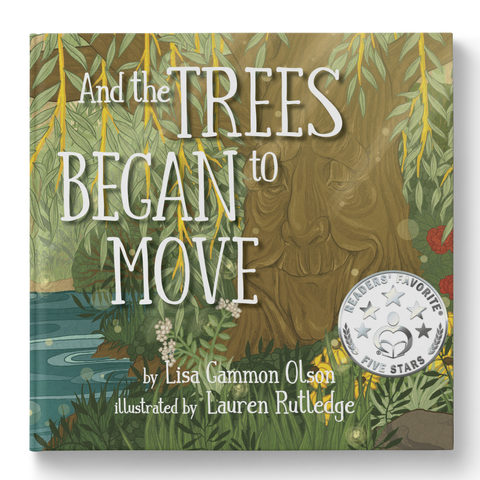
Remembering Green: An Ojibwe Girl's Tale
Regular price
$18.99
Sale
Remembering Green features Wenonah, an Ojibwe girl from the Lac Du Flambeau tribe in northern Wisconsin in the early 1900’s during the forced assimilation period of Native American children into the white culture. It was a dark time in our history for Indigenous people as they were stripped of their native heritage and culture and sent to boarding schools where they were forced to forget everything they knew about their lives as Native Americans. Wenonah and her Grandfather will discover ways that Wenonah can remember her Ojibwe heritage even though the world is changing for them all.
What people are saying:
School Library Journal (Aug 2020): K-Gr 3. Wenonah is a young Ojibwe girl who has run away from the school where they have cut her hair, taken away the clothes her family made for her, forced her to speak English, and even given her a new name-Evelyn. Depicted with the bronze skin color she shares with her great-grandfather, Wenonah is worried she will forget who she is, but he shows her to look around and be reminded of the world she comes from. Each of her senses reminds her how she is connected to the natural beauty of the land. Stilted language feels lifted from a John Wayne movie: "The white man has come and he does not understand our ways. Man fears that which he does not understand. He thinks his ways are best and that our ways are strange, so he seeks to change us." The story is set against a brutal-and here, meticulously researched-era in U.S. history. The artwork in this story is beautiful. The lush color palette and vivid images, done in an Arts and Crafts style, perfectly complement the time period of the early 20th century, when many Indigenous children were forcibly removed from their families and sent to boarding schools. This era is covered thoroughly in the back matter, where there is also a glossary of the Ojibwe words used.
Ruth Rosenberg, ambassador at the NYC National Museum of the American Indian
The gentle words by Lisa Gammon Olson and the beautiful illustrations by Lauren Rutledge tell the story of an Indigenous girl’s escape from a forced residential school and her reunion with her grandfather in the forest. The early French fur traders had named her people Lac Du Flambeau after the torches with which they fished in the lake at night. When the leader of the Ojibwe tribe Chief Keeshkemun led them there from the east in 1745, the waters were cold and pure and they harvested wild rice from the rivers.
At the turn of the century, after the settlers built factories that polluted the water and lumbering destroyed the trees, the environment could no longer sustain them. It was then decided that Indian children should be stripped of their culture and “Americanized”. They were abducted from their families and brought to boarding schools, where they were given new names, new clothes, new shoes and forbidden to speak their own languages.
Because Indigenous languages lack the words for “lumbering” or “mining” or otherwise plundering the environment, it is impossible for them to talk about extracting resources. Because the earth is sacred, one cannot even think such things. The residential schools that forcibly abducted indigenous children imposed such unnatural concepts.
The enchanting pictures in this educational tale show how one girl seeks to retain her traditional values.
In the perfect harmony of words and illustrations, the pictures make the point. The girl, Wenonah, who has run away from school seeks her grandfather in the forest. She sheds the painful shoes that constrict her feet. She wishes she could discard the harsh clothes they made her wear when they took away her soft dress that had been so beautifully beaded. She mourns the long hair they chopped off. Her re-entry into the natural world from which she had been abducted is told by swirling leaves, small animals, ancient trees, and her sleeping grandfather leaning against an ancient oak on whose forehead rests a white butterfly.
The reception back into a communal world is signaled by her dancing to the sounds of drums. Psychologists have validated the fact that crowds of people can be calmed and healed when their heartbeats are synchronized by drumbeats. For Wenonah, she realizes that the sounds, sights and smells from her culture will always remain as integral to her as her beating heart, as she dances amidst the leaves.
BOOKS BY LISA GAMMON OLSON
Dust Flowers / Sewing the Magic In / The Cheese Song / Remembering Green / And the Trees Began to Move / River of Light / Fig Newton Summer







